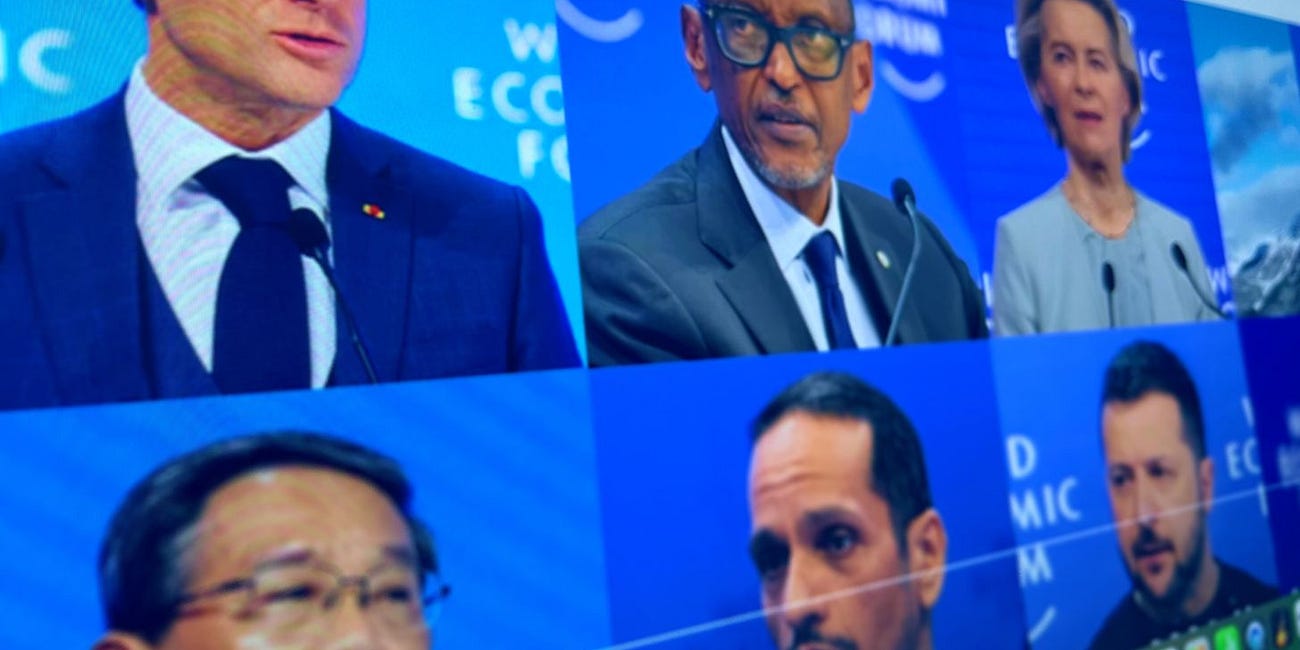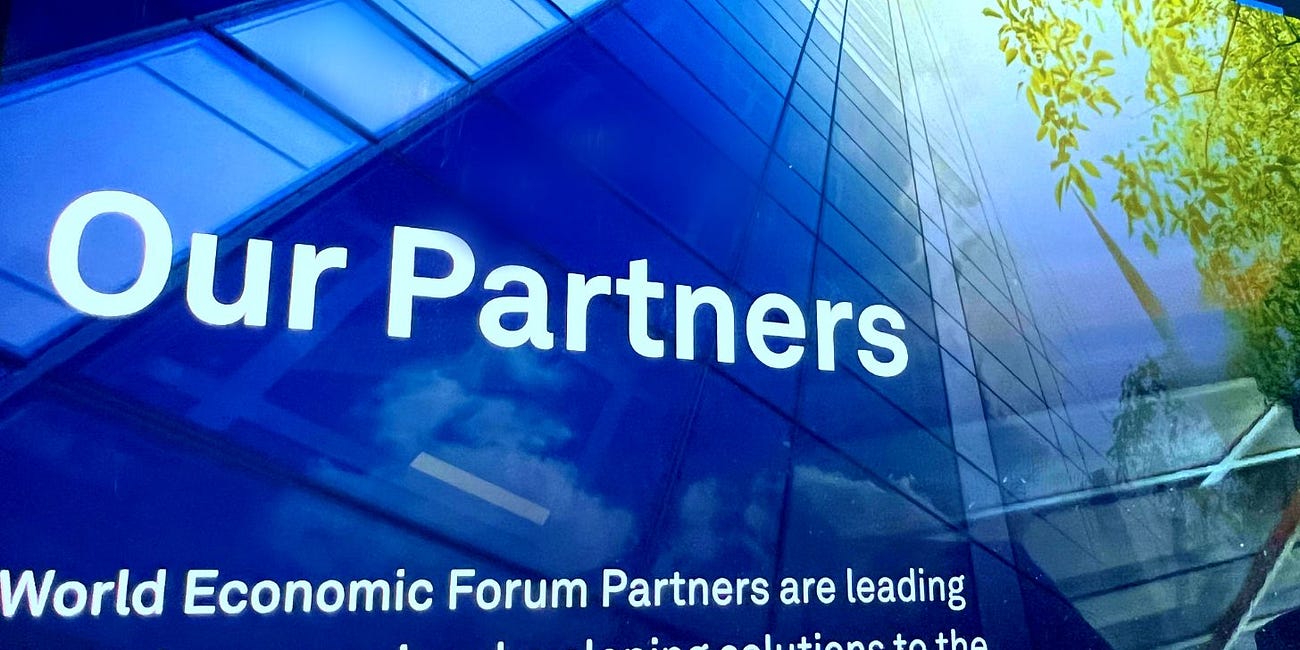WEF-Aligned United Nations at Center of International Efforts to Block the Sun with Chemicals Sprayed Into Sky
UN pressures sovereign nations to implement sunlight-blocking 'solar radiation management' (SRM) that involves pumping aerosols into the atmosphere.
Switzerland has submitted a proposal to create the first United Nations (UN) “expert group” to examine the use of controversial ‘solar radiation management’ (SRM), which involves blocking sunlight from reaching Earth.
Follow Jon Fleetwood on Instagram @realjonfleetwood / Twitter @JonMFleetwood
Proponents claim that blocking the sun with dangerous chemicals like sulfur dioxide, sulfates, and titanium dioxide is necessary to combat so-called “climate change.”
This is despite recent California, New York, and Illinois legislation proposing bans on titanium dioxide in food. The European Union (EU) has also banned titanium dioxide in food, citing safety and genotoxicity concerns.
The panel would be appointed by the UN’s Environment Programme (UNEP), a group that asserts itself as the “world’s highest-level decision-making body for matters related to the environment” and “sets priorities for global environmental policies and international environmental law.”
UNEP’s strategies represent the “heart” of the UN’s ‘2030 Agenda for Sustainable Development’ plan, empowered by a strategic partnership with the Great Reset-advancing World Economic Forum (WEF).
“Meeting the Sustainable Development Goals is essential for the future of humanity,” WEF Founder and Executive Chairman Klaus Schwab said in June 2019. “The World Economic Forum is committed to supporting this effort, and working with the United Nations to build a more prosperous and equitable future.”
A draft resolution on Switzerland’s plan using sun-dimming technologies was debated at the summit of the UN’s Environment Assembly (UNEA-6), which took place from February 26 to March 1 in Nairobi, Kenya.
A report from Climate Home News indicated that while representatives at the meeting were “unable to reach consensus” on the matter, the “status quo [regarding SRM] will continue.”
It is unclear what “status quo” refers to.
The report also confirmed that SRM “is currently legal in most nations,” raising questions about which countries are currently practicing the technique and to what extent.
There are apparently no long-term studies assessing whether SRM harms human health.
Follow Jon Fleetwood on Instagram @realjonfleetwood / Twitter @JonMFleetwood
The UN is pushing for international SRM implementation, despite admitting the practice’s potential to cause harm to the environment—the very opposite of SRM’s stated purpose—as well as to human health.
SRM “may also increase climate change damage or introduce a range of new risks to people and ecosystems, including risks to human health and global biodiversity,” one UN document concedes.
The full danger SRM poses to human health is currently unknown because “[t]here is now only a limited set of scientific assessments of the impacts of potential SRM deployments on human and natural systems.”
The UN even admits SRM could increase disease risk in developing nations.
The UN document confirms “a recent modelling study on human health indicates that cooling in the tropics caused by SRM deployment could redistribute malaria risk among developing countries, potentially increasing the number of people at risk of malaria compared to scenarios without SRM.”
Elsewhere, the UN has acknowledged that climate engineering, or climate intervention—the deliberate and large-scale intervention in the climate system—is “risky.” Nevertheless, the practice “needs to be explored.”
African nations present at the recent UN Environment Assembly meeting were opposed to SRM.
In a letter to the chair of the talks, African Group chair Alick Muvundika proposed banning the use of SRM.
Muvundika argued that the risks to the environment are too great and that SRM is a “dangerous technology.”
He stated that “there are efforts to use Africa to justify use of this dangerous technology, often with the argument that the risk of climate change must be weighed against the risks of deployment of the technology.”
The African Group’s position was reportedly supported by Colombia, Mexico, Fiji, and Vanuatu.
Moreover, one meeting attendee reported the Mexican government had argued that the Swiss motion “did not tackle human rights concerns” enough, that the expert group proposed was “not inclusive,” and the draft did not incorporate a “precautionary approach.”
Carl-Friedrich Schleussner, head of climate science at Climate Analytics, raises more concerns about SRM.
“The risk of such an initiative is that it elevates SRM as a real solution and contributes to the normalisation of something that is still very premature and hypothetical from a scientific perspective,” he said. “You need to be careful about unintended consequences and consider the risks of opening a Pandora’s box”.
Meanwhile, more than 400 scientists signed an open letter in 2022 calling for an international “non-use agreement” on solar geoengineering.
The letter also said UN bodies like UNEP are all “incapable of guaranteeing equitable and effective multilateral control over the deployment of solar geoengineering technologies at planetary scale.”
Follow Jon Fleetwood on Instagram @realjonfleetwood / Twitter @JonMFleetwood
The 'WEF Axis' of Evil: How The World Economic Forum Controls Everything You Do
The World Economic Forum (WEF) is behind the global climate change narrative, promoting China as the next world superpower, and worldwide Diversity, Equity, and Inclusion (DEI) efforts. They set the agenda that is pushed through international corporations, politicians, legal systems, political activist groups, and the so-called “scientific community.”
List of Every Company Officially Partnered With the World Economic Forum (WEF)
The 54th Annual Meeting of The World Economic Forum (WEF) is currently underway at Davos-Klosters in the Swiss canton of Graubünden. The Forum’s “Partners” page explains that the companies it allies with “are the driving force behind the Forum’s programmes.”
Farmers Protest Across Europe in Response to World Economic Forum Globalist Agenda: What CNN Won't Tell You (Opinion)
Farmers are holding protests across Europe, blocking streets with tractors, and tossing eggs and manure at government buildings.








Go to podcast: Geoengineering Watch
Coming soon, from the people who bought you con-vid and con-vid2, the new blockbuster movie toxic skies. What could possibly go wrong?